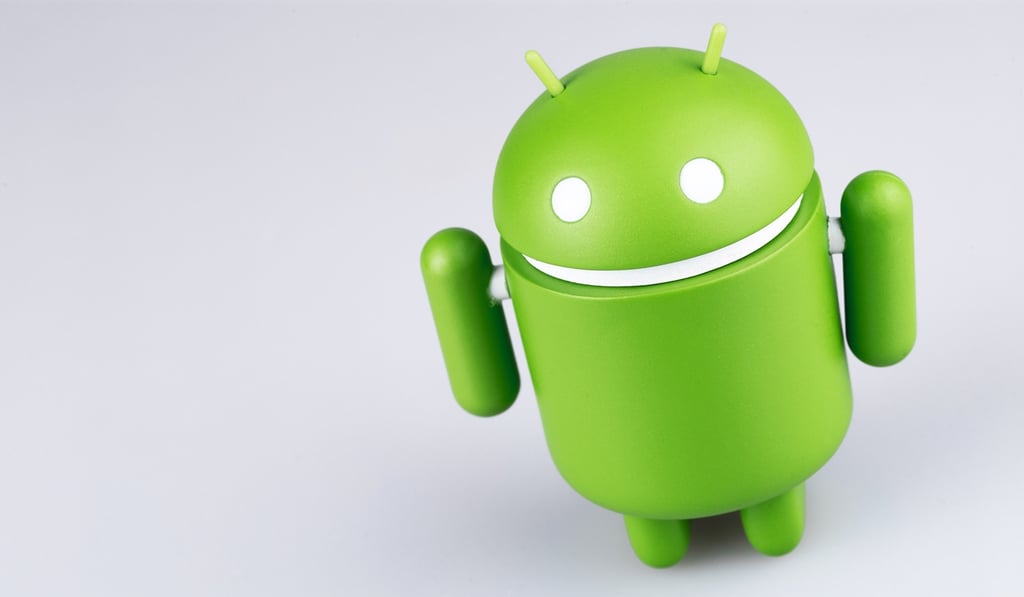Back in June, when I wrote an opinion piece about the enduring competition between the three major operating systems, I assumed the race would just go on indefinitely. After all, the three systems have been locked in combat for the hearts and minds of the public for years and years, and the likelihood of any […]
Datamation content and product recommendations are
editorially independent. We may make money when you click on links
to our partners.
Learn More
Back in June, when I wrote an opinion piece about the enduring
competition between the three major operating systems, I assumed
the race would just go on indefinitely. After all, the three systems
have been locked in combat for the hearts and minds of the public for years and years, and the likelihood of any peaceful resolution
seemed remote, if not impossible.
But in a brilliant stroke of diplomatic ingenuity, Lenovo brought to
the 2010 Consumer Electronics Show in Las Vegas a single hybrid
laptop in which Windows 7 and Lenovo’s custom form of Linux called
Skylight operate in a sort of time-share using the same screen.
In
its laptop incarnation, the device behaves as a conventional PC
running Windows 7, the particular flavor of which (Home, Professional,
or Ultimate) was not specified. But the entire viewiing screen can be
completely detached from the keyboard base – smoothly, by hand, no
tools required! – and restarted in a Linux-quick 3 seconds. It is then an
independent touch-screen tablet operating on the Skylight OS, with the
laptop base as a wi-fi hotspot.
This is certainly a spectacular way to bring new meaning to the term
“dual boot,” but I’d like to suggest it’s a whole lot more than that.
Lenovo is an independent manufacturer now, but it was not long ago
that it was simply the PC hardware arm of IBM, presumably fully
ordained as an OEM for Microsoft Windows.
If this company with such
traditional roots has taken the bold move of combining those two
usually adversarial operating systems on the same device, is it
possible they have received the blessing of Microsoft to do so? Or is
it possible they just view themselves as a freelance peacemaker? Or –
most likely of all – do they see an expanded customer base for an
OS-agnostic product?
In any case, I personally hope this hybrid system is well built,
sturdy and efficient, and will be a proper ambassador for both
operating systems it carries. It would be such a pleasure to take a
breather in the ongoing feud!
And by the way, you heard it here first: I’m no prophet, but I did wonder just last month whether Microsoft
had become bipolar.
-
Ethics and Artificial Intelligence: Driving Greater Equality
FEATURE | By James Maguire,
December 16, 2020
-
AI vs. Machine Learning vs. Deep Learning
FEATURE | By Cynthia Harvey,
December 11, 2020
-
Huawei’s AI Update: Things Are Moving Faster Than We Think
FEATURE | By Rob Enderle,
December 04, 2020
-
Keeping Machine Learning Algorithms Honest in the ‘Ethics-First’ Era
ARTIFICIAL INTELLIGENCE | By Guest Author,
November 18, 2020
-
Key Trends in Chatbots and RPA
FEATURE | By Guest Author,
November 10, 2020
-
Top 10 AIOps Companies
FEATURE | By Samuel Greengard,
November 05, 2020
-
What is Text Analysis?
ARTIFICIAL INTELLIGENCE | By Guest Author,
November 02, 2020
-
How Intel’s Work With Autonomous Cars Could Redefine General Purpose AI
ARTIFICIAL INTELLIGENCE | By Rob Enderle,
October 29, 2020
-
Dell Technologies World: Weaving Together Human And Machine Interaction For AI And Robotics
ARTIFICIAL INTELLIGENCE | By Rob Enderle,
October 23, 2020
-
The Super Moderator, or How IBM Project Debater Could Save Social Media
FEATURE | By Rob Enderle,
October 16, 2020
-
Top 10 Chatbot Platforms
FEATURE | By Cynthia Harvey,
October 07, 2020
-
Finding a Career Path in AI
ARTIFICIAL INTELLIGENCE | By Guest Author,
October 05, 2020
-
CIOs Discuss the Promise of AI and Data Science
FEATURE | By Guest Author,
September 25, 2020
-
Microsoft Is Building An AI Product That Could Predict The Future
FEATURE | By Rob Enderle,
September 25, 2020
-
Top 10 Machine Learning Companies 2021
FEATURE | By Cynthia Harvey,
September 22, 2020
-
NVIDIA and ARM: Massively Changing The AI Landscape
ARTIFICIAL INTELLIGENCE | By Rob Enderle,
September 18, 2020
-
Continuous Intelligence: Expert Discussion [Video and Podcast]
ARTIFICIAL INTELLIGENCE | By James Maguire,
September 14, 2020
-
Artificial Intelligence: Governance and Ethics [Video]
ARTIFICIAL INTELLIGENCE | By James Maguire,
September 13, 2020
-
IBM Watson At The US Open: Showcasing The Power Of A Mature Enterprise-Class AI
FEATURE | By Rob Enderle,
September 11, 2020
-
Artificial Intelligence: Perception vs. Reality
FEATURE | By James Maguire,
September 09, 2020
SEE ALL
ARTICLES



